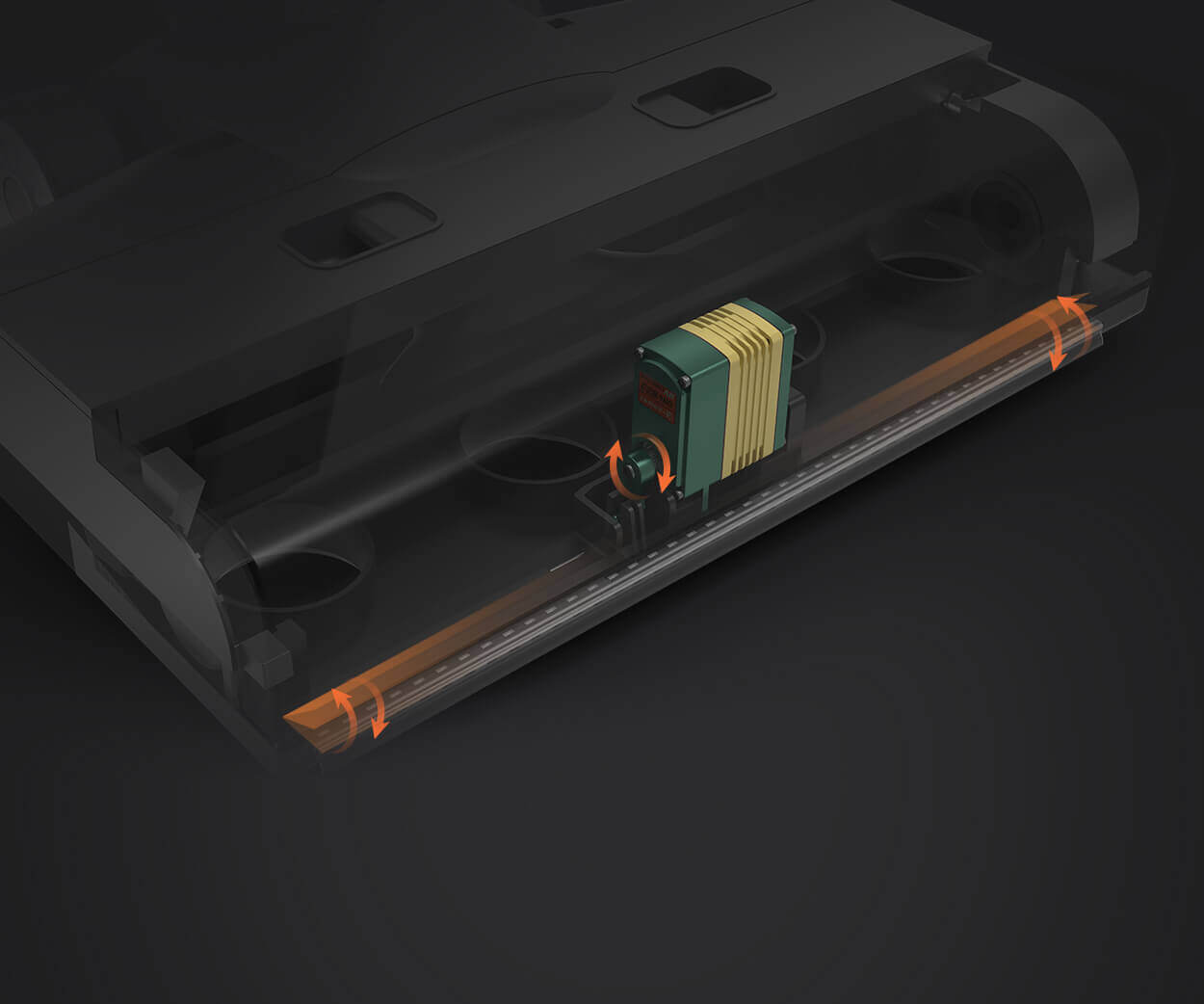What Is a DC Servo Motor? Exploring the Heart of Precision Control
Have you ever marveled at how robotic arms perform delicate tasks or how a camera’s focus adjusts seamlessly? Beneath these seemingly simple actions lies a world of intricate electrical and mechanical engineering — and at the core of many of these innovations are DC servo motors. But what exactly is a DC servo motor, and what makes it different from other electric motors? Let’s peel back the layers of this fascinating component to understand its role in modern technology.

The Basics of Electric Motors
Electric motors are ubiquitous in our world—from household appliances to sophisticated industrial systems. They convert electrical energy into mechanical motion through electromagnetic principles. Broadly speaking, there are two major categories: AC (alternating current) motors and DC (direct current) motors.
DC motors, as the name suggests, run on direct current, typically supplied by batteries or DC power supplies. They have been around for over a century and form the backbone of many control systems—primarily because of their simplicity and precise controllability.
What Defines a DC Servo Motor?
A servo motor is a specific type of motor designed for accurate control of angular or linear position, velocity, and acceleration. Unlike standard motors, which just turn on or off, a servo motor can rotate to a specified position, then hold there with remarkable precision. It’s like giving a robot arm a sense of “where” it is and “how far” it needs to move.
When you combine the characteristics of a DC motor with the precision control features of a servo system, you get a DC servo motor—a perfect tool for tasks requiring exact positioning and smooth motion.
In essence, a DC servo motor is a closed-loop control system. It uses feedback devices, such as encoders or resolvers, to constantly compare the motor’s actual position or speed with the desired reference. The motor’s controller then adjusts the voltage and current supplied to the motor to correct any deviations, ensuring highly accurate movement.
Core Components of a DC Servo Motor
Understanding the anatomy of a DC servo motor reveals why it excels at precision tasks:
Armature (Rotor): This is the rotating part of the motor, where electromagnetic forces generate motion. Field (Stator): Creates a magnetic field that interacts with the armature, either through permanent magnets or electromagnetic coils. Encoder or Resolver: Feedback devices attached to the rotor that provide real-time data about position, speed, or direction. Gearbox (Optional): Many servo motors include gear reduction mechanisms to enhance torque and fine-tune movement. Electronic Control System: A sophisticated driver or controller interprets feedback signals and adjusts power supply to the motor.
How Does a DC Servo Motor Work?
The operation of a DC servo motor hinges on a simple yet clever control loop:
Command Signal: The system receives a desired position or speed from a control program or operator input. Feedback: Encoders constantly measure the current position or velocity of the motor shaft. Comparison and Error Calculation: The controller compares the feedback with the command signal; any difference is called the “error.” Adjustment of Power: Using this error, the controller adjusts the voltage supplied to the motor, increasing or decreasing power to correct the deviation. Precise Movement and Holding: As the motor reacts, the feedback loop ensures smooth movement right to the target position, then maintains stability there.
Because of this closed-loop system, a DC servo motor can perform incredibly accurate and rapid movements, making it invaluable for applications where precision isn’t just a bonus but a necessity.
Why Are DC Servo Motors So Popular?
What makes DC servo motors particularly appealing? There are several reasons:
High Precision and Repeatability: Thanks to feedback systems, servo motors can achieve and maintain exact positions repeatedly. Good Torque and Speed Control: They offer a broad control range, from slow, delicate movements to rapid acceleration. Compact and Efficient: Modern designs are lightweight and use energy efficiently, making them suitable for constrained spaces. Ease of Control: Their operation can be integrated easily with microcontrollers, PLCs, or industrial controllers.
Use Cases Across Industries
Think of the endless places where servo motors make a difference:
Robotics: For articulated arms and industrial robots that require precise, coordinated movements. CNC Machines: To position cutting tools with micron-level accuracy. Aerospace: For antenna positioning and gimbal systems. Manufacturing Automation: In packaging, assembly lines, and testing equipment. Consumer Electronics: Inside camera autofocus systems and drones.
In the next section, we’ll explore the types of DC servo motors, how they are designed, and the latest innovations that continue pushing the boundaries of what these motors can do.
Part 2 to follow in the next message.
Leveraging innovations in modular drive technology, Kpower integrates high-performance motors, precision reducers, and multi-protocol control systems to provide efficient and customized smart drive system solutions.




































